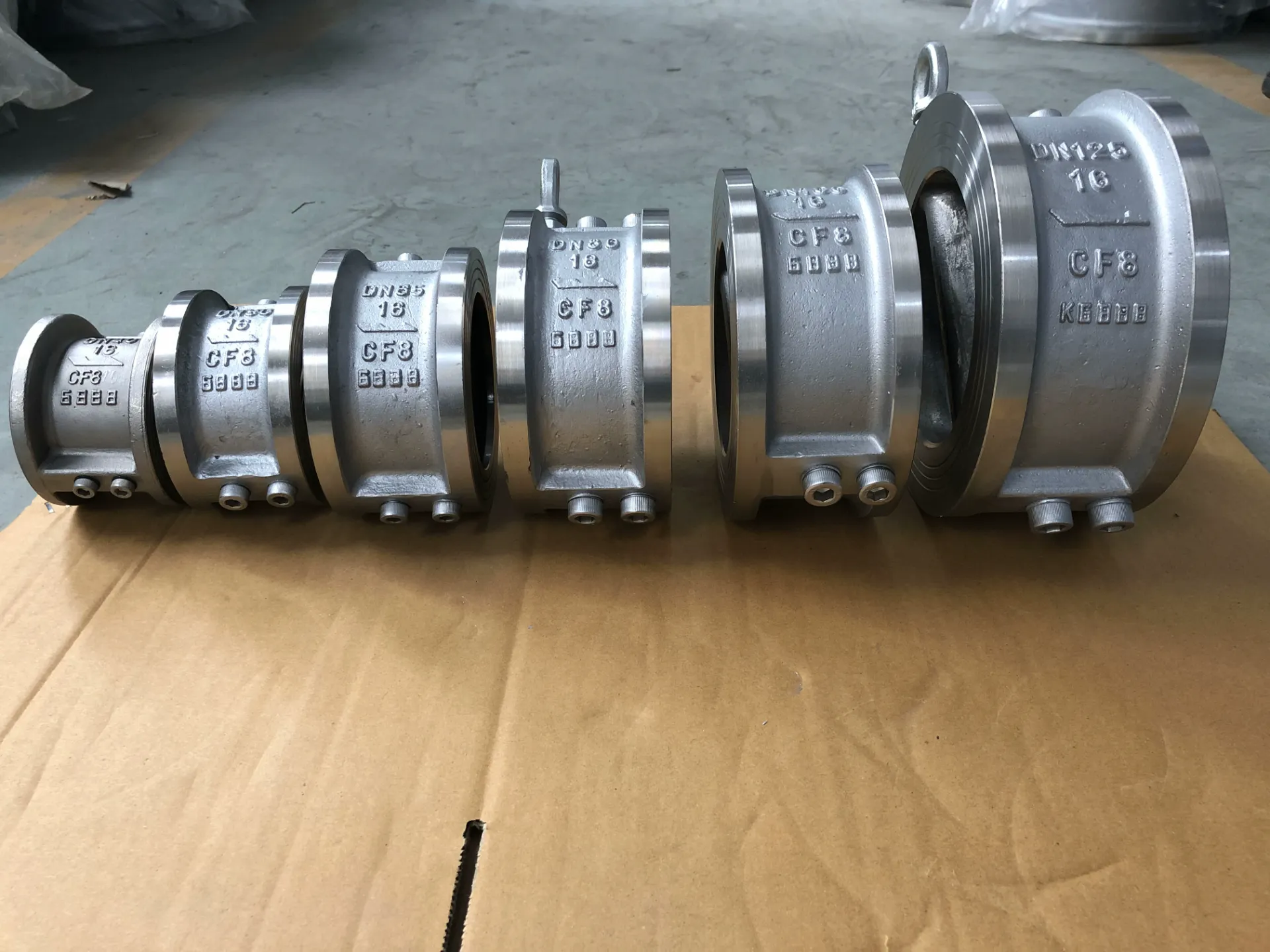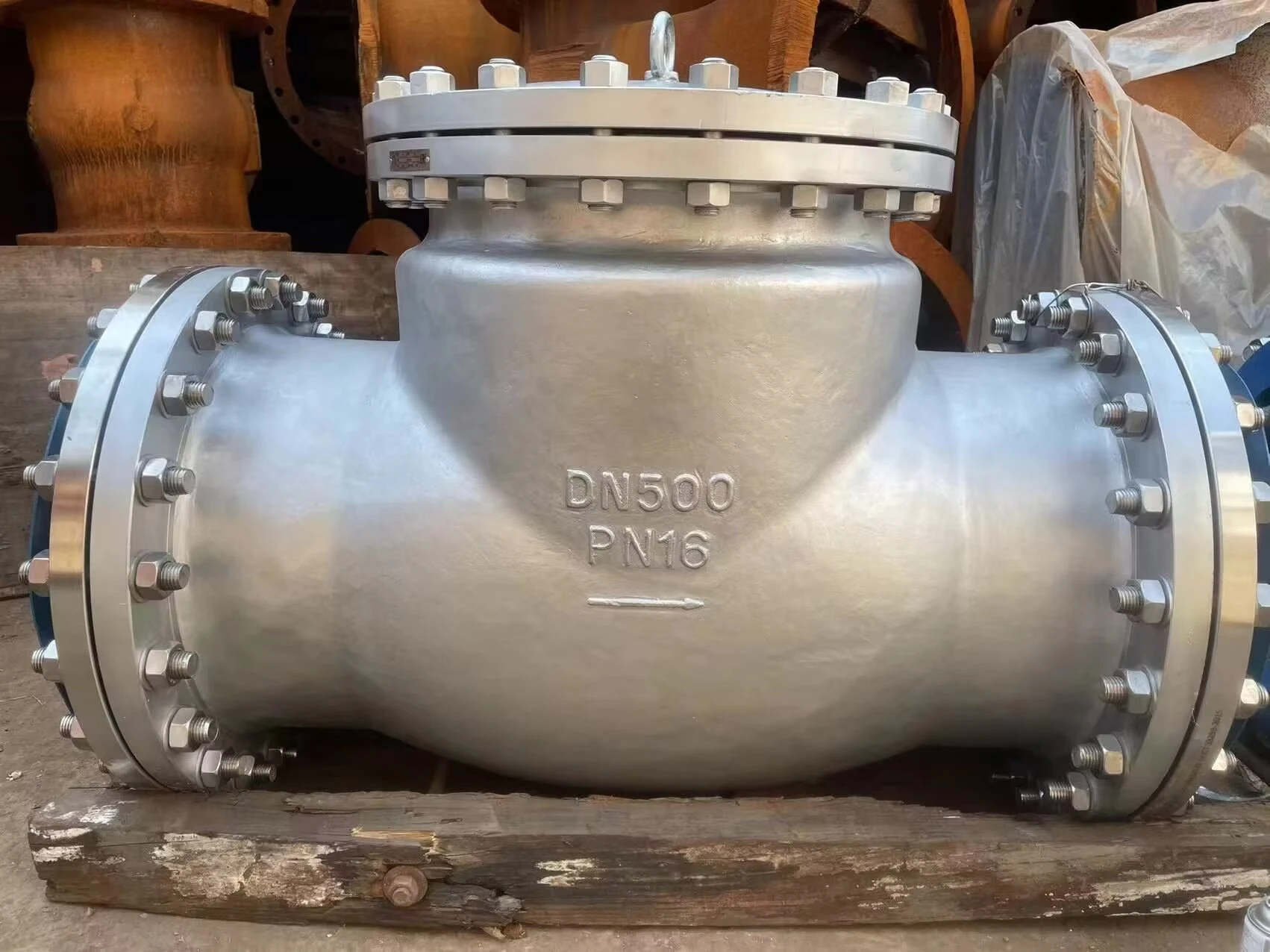High-Quality 12 Blind Flange – Durable, Leak-Proof & Precision Engineering
- Understanding the Basics of 12 Blind Flange and Its Industry Importance
- Key Features and Technical Advantages of Blind Flanges
- Comparing Specifications: 8 Inch, 12 Blind Flange, and 4 Inch Blind Flange
- Choosing the Right Manufacturer: Performance and Quality Insights
- Customized Solutions for Diverse Industrial Applications
- Application Case Studies and Real-World Performance
- Conclusion: The Role of 12 Blind Flange in Resource Optimization

(12 blind flange)
Understanding the Basics of 12 Blind Flange and Its Industry Importance
The 12 blind flange
represents a critical component across various industrial sectors. Blind flanges are designed to blank off the ends of piping, valves, or pressure vessel openings, making them indispensable for systems requiring isolation or future expansion. Industries such as oil & gas, petrochemicals, water treatment, marine, and power generation heavily rely on these components to ensure safety and maintenance flexibility. With rising global emphasis on efficient infrastructure, the demand for high-performance blind flanges, including the 16 blind flange, 8 inch blind flange, and 4 inch blind flange, is experiencing significant growth. Notably, recent market data shows the global flange market exceeding USD 4.6 billion in 2023, driven largely by downstream infrastructure projects. Quality blind flanges directly impact system reliability, leak prevention, and maintenance cycles, positioning them as a strategic asset in project planning and execution.
Key Features and Technical Advantages of Blind Flanges
Blind flanges offer robust sealing capabilities, superior strength, and easy adaptability to various pressure ratings and temperature ranges. The precision machining of a 12 blind flange, for example, ensures tight sealing for both low and high-pressure applications, ranging from 150 lbs to 2500 lbs. Modern manufacturing processes employ forged carbon steel, stainless steels (such as ASTM A182 F316), and even specialty alloys for corrosive environments. A significant advantage is their versatility; flanges can be ordered with a raised face, flat face, or ring-type joint finishes to match installation requirements.
According to a 2023 survey of industrial maintenance engineers, 88% cited "ease of installation and removal" as a top benefit of blind flanges in regular operations. Corrosion resistance is another critical factor — stainless steel grades, particularly 316 and duplex alloys, extend service life by over 50% in harsh chemical plants compared to standard carbon steel.
Comparing Specifications: 8 Inch, 12 Blind Flange, and 4 Inch Blind Flange
Selecting the right flange size and material significantly influences system integrity. While the 8 inch blind flange and 4 inch blind flange are frequently found in smaller-scale and modular operations, the 12-inch model stands out in mainline segments and critical vessel shut-off points. Below is a data-driven comparison of key technical traits among common blind flange sizes:
| Feature | 4 Inch Blind Flange | 8 Inch Blind Flange | 12 Blind Flange | 16 Blind Flange |
|---|---|---|---|---|
| Standard Pressure Rating | 150 - 600 lbs | 150 - 900 lbs | 150 - 1500 lbs | 150 - 2500 lbs |
| Material Range | Carbon Steel, SS304 | SS316, Alloy Steel | Duplex, Inconel | Duplex, Monel |
| Typical Use | Branch Lines | Main Distribution | Critical Section Isolation | High-Pressure Vessels |
| Weight (approx.) | 3.5 kg | 8.2 kg | 20.5 kg | 39.0 kg |
| Seal Types | Flat, Raised Face | Raised, RTJ | RTJ, Raised | RTJ, Custom |
| Max Service Temp | 400°C | 500°C | 700°C | 750°C |
These figures reveal the adaptability of blind flanges according to pressure thresholds, operational temperatures, and environmental risks. The flexibility in steel grades and custom sealing surfaces address both reliability and regulatory compliance.
Choosing the Right Manufacturer: Performance and Quality Insights
Selecting the right flange manufacturer goes far beyond the initial specification. Industry benchmarks emphasize material traceability, certified pressure testing (including hydrostatic and NDT evaluations), and adherence to standards such as ASME B16.5 and EN1092. In recent peer-reviewed surveys, blind flanges with ISO 9001-certified production lines reported 30% fewer field failures.
Tier-1 manufacturers provide digital material certificates and continuous quality audits, reducing downtime and replacement costs. The data below highlights the differences among leading global suppliers:
| Manufacturer | International Certifications | Lead Time (12 Inch) | Failure Rate (per 1000 units) | Customization Options |
|---|---|---|---|---|
| FlowMaster | ISO 9001, PED | 14 days | 0.9 | Face Custom, Alloy Choices |
| OptiFlange | API, EN1092 | 18 days | 1.8 | Full Custom Design |
| MegaFlange Inc. | ASME, ISO 14001 | 12 days | 0.7 | Material & Gasket Option |
| IndustrialForge | ISO 9001, ASME | 16 days | 1.1 | Surface Finish Custom |
The table underscores the value of working with manufacturers committed to stringent quality assurance and flexible design input, which not only improves reliability but provides operational peace of mind.
Customized Solutions for Diverse Industrial Applications
Blind flanges are rarely a one-size-fits-all product. Industrial clients often require custom drilling (bolt-hole patterns), specialty coatings such as PTFE or Xylan, or a blend of high-performance alloys for resistance to unique chemical or thermal environments. For example, a client in the offshore sector might specify a duplex stainless steel 16 blind flange with RTJ facing to withstand aggressive brine and volatile pressure changes. Water utilities may require epoxy-coated carbon steel 8 inch blind flanges for pipeline maintenance access, prioritizing longevity and anti-corrosion performance.
Automation-ready blind flanges can be supplied with sensors for digital monitoring, allowing predictive maintenance and reducing unscheduled downtime by up to 45%, according to recent industrial IoT case studies. This approach has reshaped procurement strategies, enabling clients to deploy smarter infrastructure while minimizing lifetime operating costs.
Application Case Studies and Real-World Performance
In a recent Middle Eastern oilfield upgrade, over 400 high-strength 12 blind flanges were installed to isolate critical piping during desulfurization unit refurbishment. The project reported zero leaks during hydrostatic testing at pressures exceeding 1,200 psi, demonstrating exceptional performance and safety margins.
In the chemical processing sector, a major plant based in East Asia deployed a series of custom PTFE-coated 4 inch blind flange units to isolate lines carrying aggressive acids. Monitoring revealed a 63% increase in average service interval compared to previous uncoated units, significantly reducing scheduled maintenance frequency and costs. Another case from a European water treatment facility showcased the installation of robust 8 inch blind flange assemblies, which contributed to a 20% decrease in unplanned pipeline shutdowns over a two-year period.
These real-world outcomes validate the technical and commercial benefits of tailored blind flange solutions, making them a preferred choice for projects demanding high reliability.
Conclusion: The Role of 12 Blind Flange in Resource Optimization
The expanding application horizon for 12 blind flange products reflects broader industry shifts toward safety-oriented, data-driven, and cost-effective component procurement. Advances in material science, digital manufacturing, and process certification have enabled blind flanges to deliver remarkable longevity, leak prevention, and adaptability.
Whether specified as part of a complex petrochemical shutdown, integrated into a modular process skids for water treatment, or used for periodic isolation in critical vessels, the 16 blind flange, 8 inch blind flange, and 4 inch blind flange continue to evolve. Resource optimization, minimal environmental footprint, and enhanced maintainability are all achievable with a properly selected and engineered blind flange solution.
As global infrastructure investment continues to climb, the technical excellence and reliability of these components will remain integral to competitive project delivery, regulatory compliance, and sustainable growth across industries.

(12 blind flange)
FAQS on 12 blind flange
Q: What is a 12 blind flange used for?
A: A 12 blind flange is used to seal the end of a 12-inch diameter pipe or pressure vessel. It is commonly applied in pipelines to block flow or facilitate maintenance. This ensures safety and system integrity.Q: How does a 16 blind flange differ from a 12 blind flange?
A: A 16 blind flange is designed for pipes with a 16-inch diameter, while a 12 blind flange fits 12-inch pipes. The size difference means they are not interchangeable. Both function to close or block pipeline sections.Q: What are typical applications for an 8 inch blind flange?
A: An 8 inch blind flange is primarily used to seal off 8-inch pipelines. It is ideal for inspection, closure, or future extension points. Its robust design ensures leak-free pipe ends.Q: Can a 4 inch blind flange be used for high-pressure systems?
A: Yes, a 4 inch blind flange can be manufactured to handle high-pressure systems if made from suitable materials and ratings. Always select a flange with proper pressure class. Consult specifications to ensure compatibility.Q: How do you select the correct size of a blind flange for your pipeline?
A: Choose a blind flange size (e.g., 12 blind flange, 16 blind flange) that matches your pipe's nominal diameter. Ensure the pressure rating and material meet your system's requirements. Always verify standards before installation.-
The Key to Fluid Control: Exploring the Advantages of Ball Valves in Industrial SystemsNewsJul.09,2025
-
The Versatile World of 1, 2, and 3 Piece Ball ValvesNewsJul.09,2025
-
Stainless Steel Ball Valves: The Ideal Choice for Efficient Flow ControlNewsJul.09,2025
-
Optimizing Fluid Control with Ball Float ValvesNewsJul.09,2025
-
Manual Gate Valves: Essential for Control and EfficiencyNewsJul.09,2025
-
Everything You Need to Know About Butterfly ValvesNewsJul.09,2025
-
The Versatility of Wafer Type Butterfly ValvesNewsJul.08,2025




